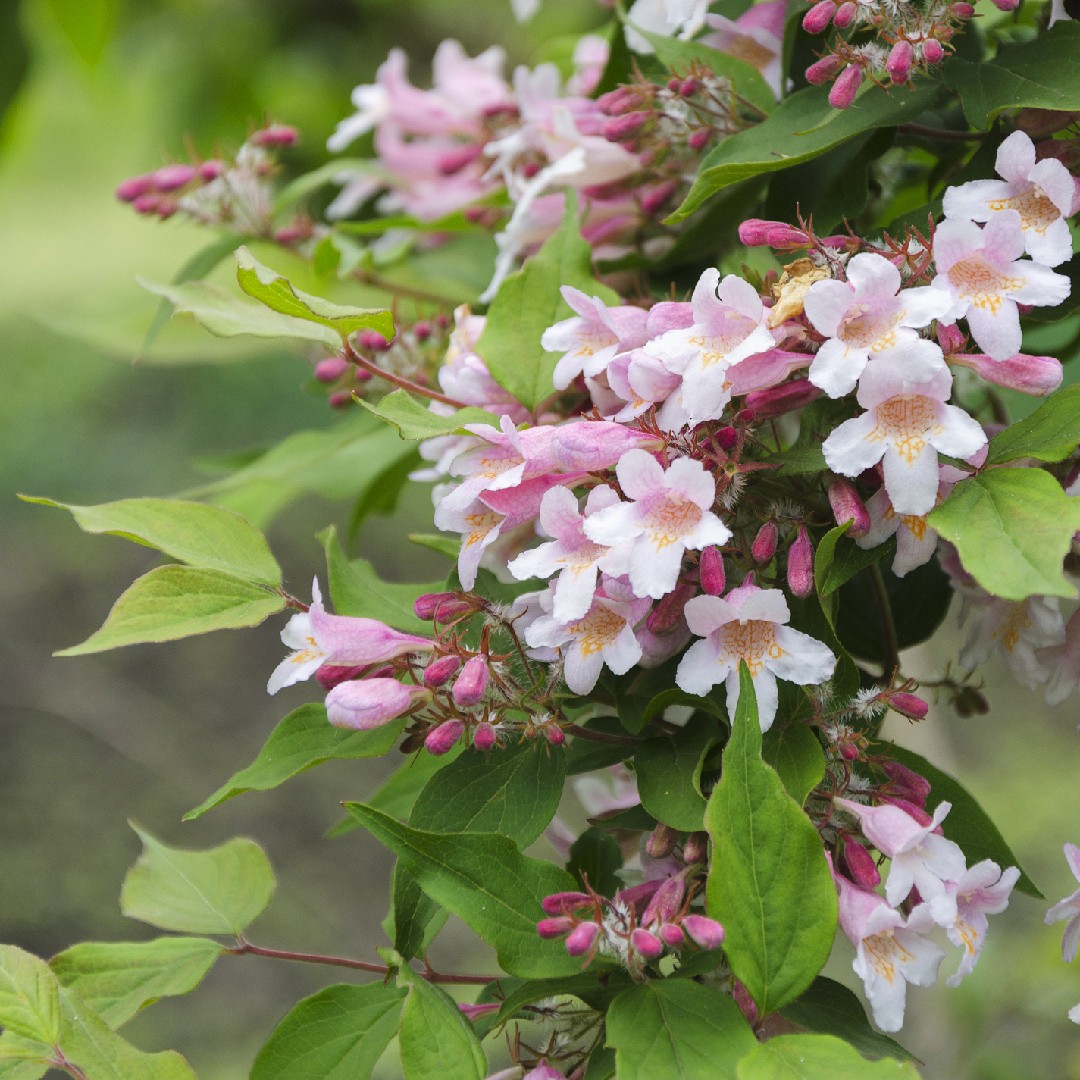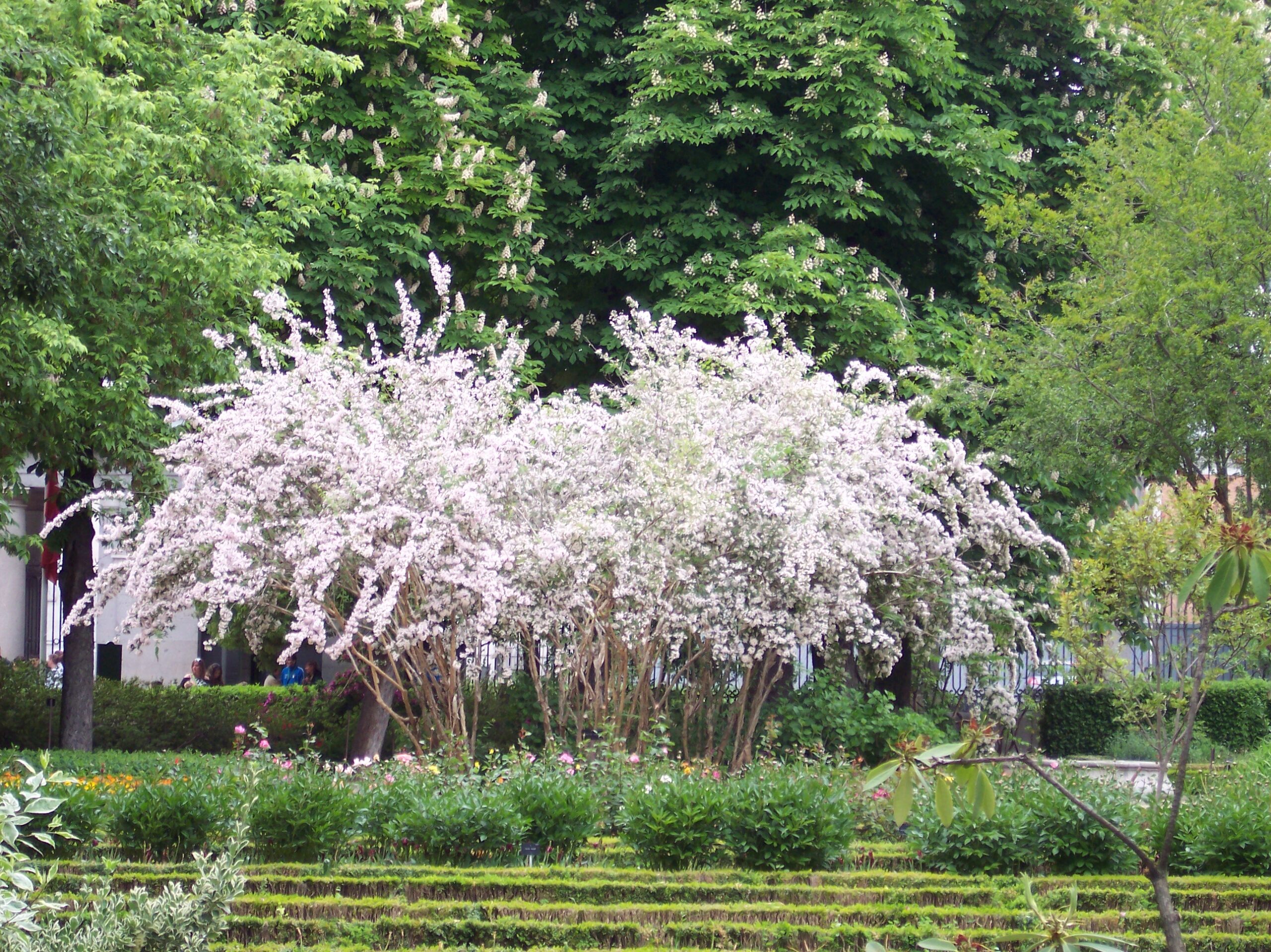The Kolkwitzia Amabilis: The Sweet And Tender Flower That Will Bloom Your Garden
The Kolkwitzia Amabilis: The Sweet and Tender Flower That Will Bloom Your Garden
The kolkwitzia amabilis, also known as the beautybush, is a deciduous shrub that is native to China. It is known for its sweetly scented, pink flowers that bloom in late spring to early summer. The flowers are borne in clusters on the ends of the branches, and they can reach up to 6 inches in length. The kolkwitzia amabilis is a relatively easy plant to care for, and it is a good choice for gardeners of all levels of experience.
Introduction
The kolkwitzia amabilis is a beautiful and versatile shrub that can add a touch of elegance to any garden. It is hardy in zones 4-8, and it can tolerate a wide range of soil conditions. The shrub is relatively drought tolerant, but it will perform best if it is watered regularly during the growing season. The kolkwitzia amabilis is also a good choice for gardens with poor drainage, as it is tolerant of wet soils.
The shrub is not as susceptible to pests and diseases as some other shrubs, but it can be affected by aphids, scale, and spider mites. If you notice any pests or diseases on your kolkwitzia amabilis, you can treat them with insecticidal soap or neem oil.
Main Content
The kolkwitzia amabilis is a relatively fast-growing shrub, and it can reach heights of up to 10 feet. The leaves are oval-shaped and dark green, and they turn yellow or orange in the fall. The flowers are pink or white, and they are borne in clusters on the ends of the branches. The flowers are fragrant, and they attract bees, butterflies, and other pollinators.
The kolkwitzia amabilis is a good choice for a variety of garden settings. It can be planted as a standalone specimen, or it can be used to create a hedge or border. The shrub can also be planted in a mixed border with other flowering shrubs and perennials.
If you are looking for a beautiful and easy-care shrub for your garden, the kolkwitzia amabilis is a great option. With its sweetly scented flowers and elegant foliage, the kolkwitzia amabilis is sure to add a touch of beauty to your outdoor space.
Here are some tips for caring for your kolkwitzia amabilis:
- Plant the shrub in full sun or partial shade.
- Water the shrub regularly, especially during the first year after planting.
- Fertilize the shrub with a balanced fertilizer in the spring.
- Prune the shrub in the spring to remove any dead or damaged branches.
- Protect the shrub from frost damage in the winter.
Conclusion
The kolkwitzia amabilis is a beautiful and versatile shrub that can add a touch of elegance to any garden. It is relatively easy to care for, and it is a good choice for gardeners of all levels of experience. If you are looking for a new shrub to add to your garden, the kolkwitzia amabilis is a great option.
Did you know that there is a beautiful shrub that blooms with pink flowers in the spring? It's called kolkwitzia amabilis, or beauty bush. This deciduous shrub is native to China and can grow up to 6-10 feet tall. It has an arching, vase-shaped habit and its leaves are dark green. In the spring, it produces clusters of bell-shaped pink flowers with yellow throats. These flowers are a magnet for pollinators and they can add a splash of color to any garden.
If you're interested in learning more about kolkwitzia amabilis, I suggest you visit Garden Wiki. This website has a wealth of information about this plant, including its history, cultivation, and care. You can also find photos of different varieties of kolkwitzia amabilis.
FAQ of kolkwitzia amabilis
- What is Kolkwitzia amabilis?
Kolkwitzia amabilis, also known as beauty bush, is a deciduous shrub that is native to China. It is known for its showy clusters of pink or white flowers that bloom in the spring. Kolkwitzia amabilis typically grows 6-10 feet tall and wide. It is a relatively easy plant to care for and is deer resistant.
- What is the habit of Kolkwitzia amabilis?
Kolkwitzia amabilis has an upright, arching, and vase-shaped habit. It can become leggy with age, so it may need to be pruned back every few years.
- Where does Kolkwitzia amabilis grow best?
Kolkwitzia amabilis prefers full sun for the best flowering, but it will also tolerate partial shade. It grows well in moist, well-drained soils.
- How do I care for Kolkwitzia amabilis?
Kolkwitzia amabilis is a relatively low-maintenance plant. It needs to be watered regularly, especially during the first year after planting. It should be fertilized in the spring with a balanced fertilizer. Pruning is not necessary, but it can be done to shape the plant or to remove dead or diseased branches.
- What are some common pests and diseases of Kolkwitzia amabilis?
Kolkwitzia amabilis is generally pest and disease resistant. However, it can be susceptible to aphids, spider mites, and scale insects. It can also be affected by powdery mildew and leaf spot. If you notice any pests or diseases on your beauty bush, you can treat them with insecticidal soap, neem oil, or horticultural oil.
Image of kolkwitzia amabilis
- A white Kolkwitzia amabilis in full bloom. The flowers are small and bell-shaped, and they are clustered together in large panicles. The leaves are small and oval-shaped, and they are a dark green color.

- A pink Kolkwitzia amabilis in full bloom. The flowers are slightly larger than the white flowers, and they have a deeper pink color. The leaves are the same color as the white flowers.

- A Kolkwitzia amabilis bush in the fall. The flowers have faded, but the leaves are still a bright green color. The bush is covered in small, red fruits.

- A close-up of the flowers of Kolkwitzia amabilis. The flowers are made up of four petals, and they have a delicate fragrance. The stamens are yellow, and they protrude from the center of the flower.
- A Kolkwitzia amabilis bush in a garden setting. The bush is surrounded by other flowering plants, such as roses and lilies. The bush is in full bloom, and the flowers are attracting a variety of pollinators.


Post a Comment for "The Kolkwitzia Amabilis: The Sweet And Tender Flower That Will Bloom Your Garden"